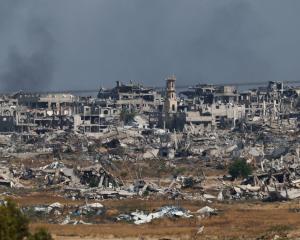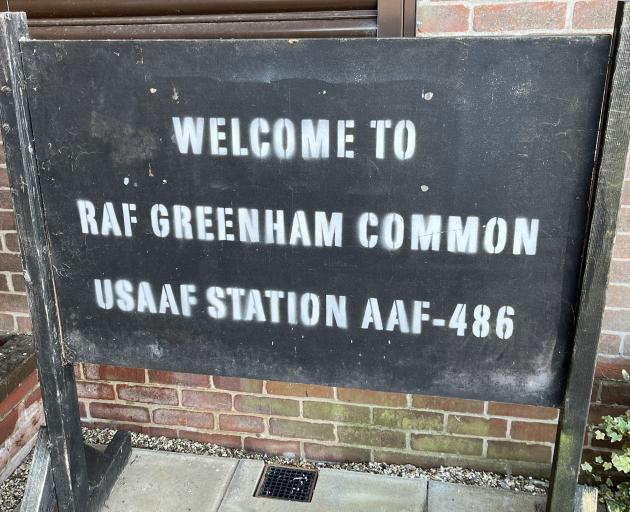
In the early 1700s, infamous highwayman Dick Turpin apparently hid in a secret chamber behind the fireplace of this timbered pub I’m visiting this gloomy winter afternoon.
In those days, The Green Man at Hatton wasn’t a mere 1 km from the eastern end of Heathrow Airport’s southern runway. Today, if Turpin was hiding out, he would be able to count the passing of the hours and days by the aircraft landing — or taking off — every 45-odd seconds.
It’s not too cold, so I’m drinking my pint of Guinness (£4.50 [$NZ8.25]) outside at one of the 17th century pub’s picnic tables. This is a busy, industrial area, with the throbbing sound of truck engines and squeaking brakes filling the air. That is, until the next plane appears only a couple of hundred feet up above the house next door and drowns them out.
The pub staff, who say they don’t even hear the aircraft anymore, have seen it all before and don’t think it strange that a middle-aged man is sitting outside plane-watching.
Fifty years ago I was doing the same — without the pint of Guinness, I hasten to add. I was at the other end of the runway, at my dad’s work, spending whole days in the school holidays watching planes, writing down their registration numbers and ticking them off in a book I got each year for Christmas.
It’s amazing to think that, in terms of the frequency of take-offs and landings, nothing has changed at Heathrow in half a century. Back then, though, the jets were way noisier and streamed brown smoky trails behind their engines as they flew over. And there were still quite a few propeller aircraft too.
Heathrow’s activities dominate life throughout west London and for those who live along the flight path across much of the city. It is the busiest airport in Europe and has the most international aircraft movements in the world.
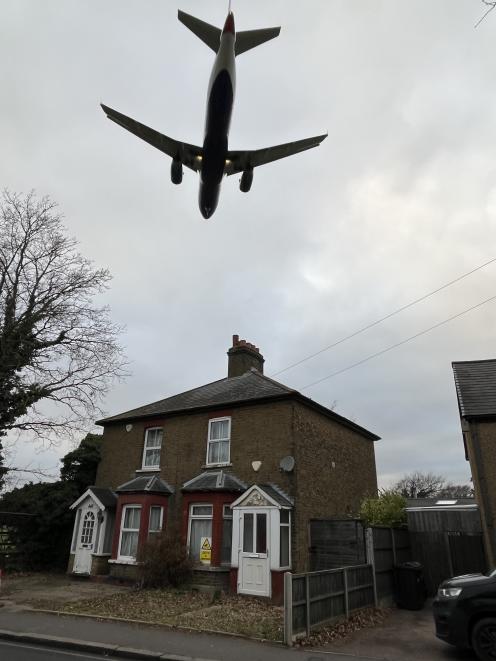
On average last year, more than 5 million passengers flew through the airport each month. Its busiest ever year was 2019, before Covid-19 struck, with 80.9 million passengers using the airport.
The approach lights to the main east-west runways are dotted through muddy fields populated by extremely tolerant horses. Like the pub staff, they and other local residents pay no attention to the cacophony above, nor seem fascinated by the sight of four or five planes, landing lights blazing, stacked up one behind the other on their way in. Finishing my pint, I wandered round the corner and found what have to be the closest dwellings to the runway, two small terraced houses which may or may not be occupied. The aircraft screaming overhead look like they are lining up to land on their roof.
The chaos around Heathrow is an apt reflection of the frantic pace of life in this part of the country. Even when you see something vaguely restful and bucolic, like a field with horses, the hum of traffic is ever-present and it’s hard to get away from other people.
Even the skies are crowded. When there’s little or no cloud, as happened quite a lot during my three weeks which coincided with the driest February for 30 years, they become choked with contrails from circling aircraft or those flying over Britain on their way to Europe or North America.
It’s a constant reminder that here you’re in the thick of lots of things, and of how quiet New Zealand is.
On previous trips, it has always struck me how this country was on the frontline of two world wars. It was bombed and isolated, and threatened with invasion. On both occasions, with the Allies, it saw off the menace.
When I was a kid here, it was only 25 years or so after World War 2 ended and there were still plenty of bombsites in London. Tucked away across the countryside there were crumbling machine-gun nests, known as pillboxes, covered in ivy and filled with rubbish, and concrete air-raid shelters in people’s back gardens, now being used as rockeries.
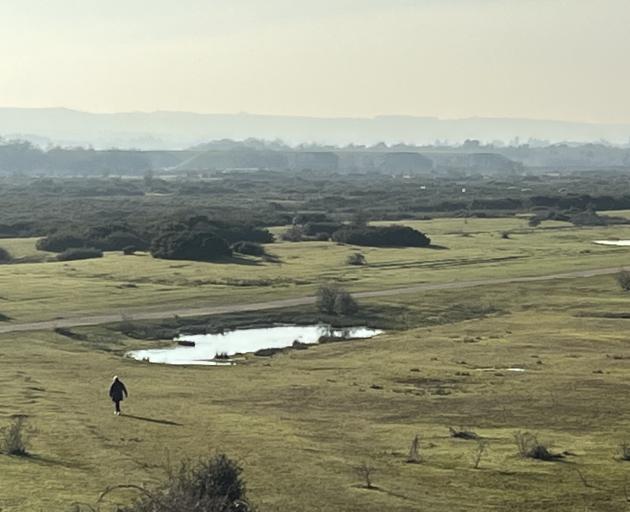
Greenham Common, now several hundred hectares of publicly accessible open heath, was only a few decades ago home to 96 nuclear cruise missiles and one of the longest runways in Britain. An important Royal Air Force headquarters during World War 2, it became a vital United States Air Force base during the Cold War.
Opposition to the nukes which moved in next door grew during the early 1980s, led by the courageous Greenham peace women who, according to information in the control tower visitor centre, numbered up to 70,000 at one stage. When the first group arrived, the policeman on the gate told them they were a bit early and that "the cleaners don’t usually arrive until 8 o’clock".
Over the subsequent years they invaded the base dressed as teddy bears, blockaded it, danced on the cruise missile shelters, cut holes in the fences and were evicted, arrested, imprisoned, were themselves the subject of protests and also of questions in Parliament.
The missiles, each of which was 10 times more powerful than the atomic bomb dropped on Hiroshima in 1945, arrived in 1983 and the last one left in 1991. In April 2000, the common was officially reopened to the public.
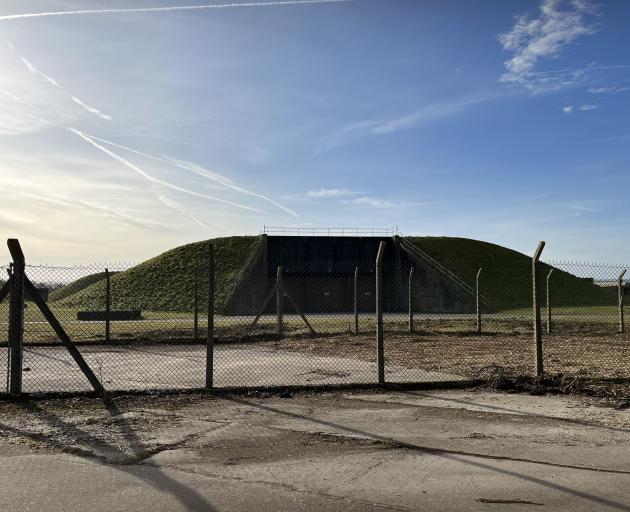
On a chilly winter day, my cousin and I wandered the common. Snowdrops were in their pomp in a small wood, bobbing in the breeze. There was hardly a sound. A red kite glided across the sky.
Coming from nuclear-free New Zealand, the mighty British, US and Nato military machine always comes as a shock. Nuclear weapons, and their threat of mutually assured destruction for all, seem like absolute madness.
But on this quiet morning, the only declarations of war on this land are from the local residents’ dogs defecating between clumps of gorse on the common.
— Paul Gorman emigrated to New Zealand when he was 10 and calls it home, despite the ever-present tug of the old country.









